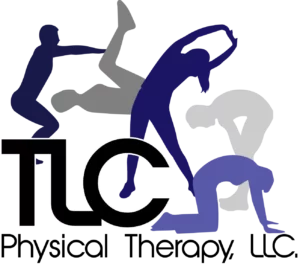Services
Specially trained physical therapists, like Tracy, use every facet of their physical therapy training and continuing education to evaluate and treat patients to enhance health and function. The physical therapist will evaluate your problem and design an individualized plan of care to improve your function and enable you to manage your symptoms more effectively.
Examples of pelvic/abdominal conditions treated
Pelvic physical therapy utilizes a variety of treatment options to achieve a patient's goals for therapy. Treatment may include:
Therapeutic Exercise
- Individually designed program to increase strength and/or stretch tight muscles
Neuromuscular Re-Education
- Coordination of pelvic floor muscles with other muscles
- Coordination of diaphragmatic breathing
- Bladder/bowel training
- Relaxation techniques
Manual Therapy Techniques
- Joint mobilizations to promote movement and alleviate pain
- Soft-tissue mobilization
- Connective tissue mobilization
- Myofascial release
- Visceral Mobilization
Biofeedback Training for pelvic muscles
Patient Education
- Education about body and organ function
- Anatomy and how the pelvic and abdominal tissues function
- Postural/Ergonomic Correction
- Bladder and bowel function and health
Home Program
- Instruction in self-management
- Written and pictorial instructions of exercise program
Dry Needling
Running Gait Analysis
For Runners
Runners have a yearly injury rate from 26-92%! Don’t be one of these statistics!
What puts runners at risk?
- 0-2 years of experience
- Being female
- Over training
- Under training
- Increasing distance too quickly
- Lack of cross training/Strength training
- Age…..> 40 y/o
What can you do to prevent injuries?
- Good training plan with rest day(s) inserted and followed
- Strength train with the appropriate exercises
- Hydrate
- Get good sleep
- Follow a good diet plan with proteins and complex carbohydrates
- Maintain good posture
- Use good run form
What do some of these injuries present as?
- Runner’s knee
- Patellar tendinitis
- Achilles tendinitis
- Bursitis
- ITB syndrome
- Strains & sprains
- Plantar fasciitis
Why?
Your calves take 4-6x your body weight. The muscles, tendons and ligaments are made to absorb the ground reaction forces, the bones are not. If the bones continue to absorb forces, there will be an injury when the load exceeds the ability to absorb.
Shoes?
The important message here is that they must fit well and be comfortable to you. You must follow a breaking in schedule when you purchase new shoes, even if it is the same model as the one that you have been training in.
What can therapy do for you?
After performing a functional movement exam, your therapist will have a good idea if you need more mobility, more strength, more flexibility, a change in run form, or some combination of those things mentioned.
Return to running program after an injury:
Just because there is no pain, it does NOT mean that no damage is occurring.
No pain with walking does not mean there will be no pain with running.
